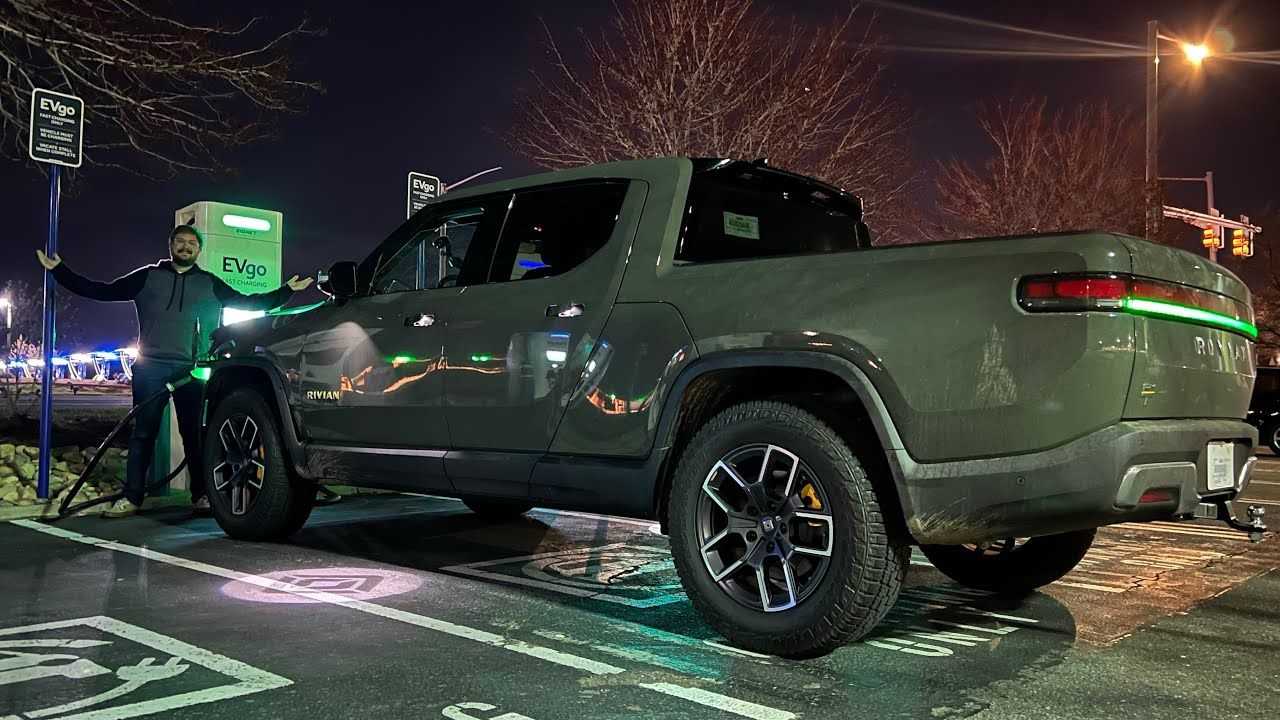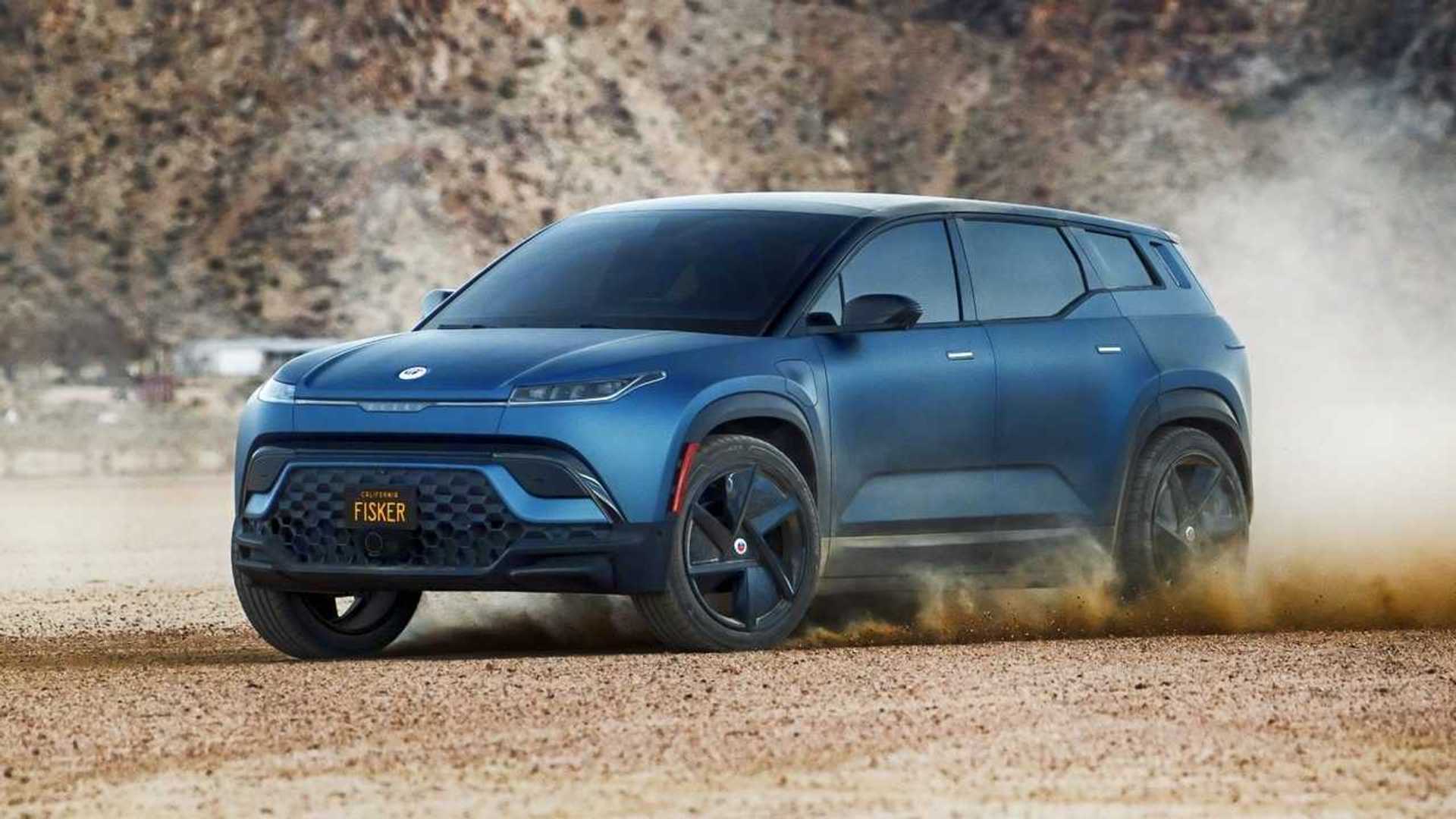Thanks to over-the-air software updates, vehicles can get new features or improved performance even after being delivered to customers.
An example of that is the latest 2022.11.02 software update for the Rivian R1T all-electric pickup, released this month and examined by Out of Spec Reviews.
According to Kyle Conner, among various changes, Rivian has increased the maximum DC fast charging current from 450 A to 500 A, which is expected to slightly increase the rate of range replenishing.
The previous test, with the initial software, revealed that the Rivian R1T was able to charge at up to around 450 A and nearly 200 kW. Now, we saw that it can take 498 A (at a low state-of-charge), which combined with around 400 V is over 200 kW – 204 kW to be specific. That’s actually very close to the 210 kW peak value declared in technical papers.
However, the question is whether this change has any significant impact on charging time? Well, it’s a bit complex, because first there must be a charger that can provide the maximum charging current.
Then, we must realize that a higher peak will translate into faster charging only in the initial phase of charging. That’s because there are other limitations than current – including thermal limitations.
We don’t have data of a full charging session to determine an estimated rough difference, but brief measures provided in the video (called “theoretical curves”) indicate an expected result – faster charging from the start (and related to it, a faster increase in the temperature of the battery) triggers some power/current limits earlier and then charging power decreases in a similar way to the previous tests.
In other words, there are some gains in the beginning, but not groundbreaking ones, especially if someone would like to charge up to 70-80% SOC or more. Nonetheless, Rivian is unlocking the full potential of its vehicles, which is always a positive sign.







